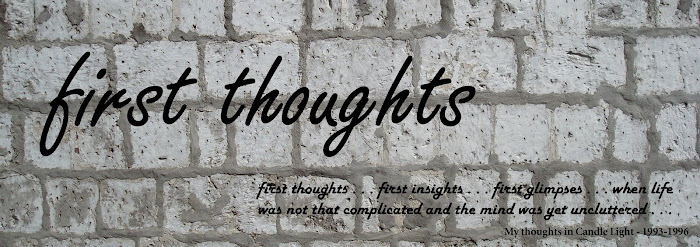When we were
preparing for the launching of the year of the Holy Spirit we were discussing
what would be the appropriate symbol which will remind people of his
presence. When the year of Jesus Christ was launched we had no problems when
it came to symbols. When the cross was suggested it was immediately and
unanimously approved. Thus, we have crosses in the sanctuaries of all the
churches in the archdiocese in no time. This time, however, the symbol for
the Holy Spirit posed a problem. One suggested that we launch it by
releasing a dove. However this was turned down for “releasing doves” (a
pigeon actually) is associated more often with the struggle for freedom and
peace in our country. Though these are fruits of the Spirit we deemed it
too limiting and too detached for the theme which is, “The Holy Spirit:
The life of the Church in the Home.” Another suggested lighting
torches and candles representing the tongues of fire which came down on
Pentecost. However, that would require the parish priests in the
different parishes of the archdiocese to put the fire department on standby
during the launching. It was too impractical. What would we do
then? What would be the most appropriate sign to remind us of the Holy
Spirit? We ended our meeting with no solution in mind except a banner
with the words “Holy Spirit” printed on it. And for want of a better
symbol we ended up with this banner in the cathedral.
When we were
preparing for the launching of the year of the Holy Spirit we were discussing
what would be the appropriate symbol which will remind people of his
presence. When the year of Jesus Christ was launched we had no problems when
it came to symbols. When the cross was suggested it was immediately and
unanimously approved. Thus, we have crosses in the sanctuaries of all the
churches in the archdiocese in no time. This time, however, the symbol for
the Holy Spirit posed a problem. One suggested that we launch it by
releasing a dove. However this was turned down for “releasing doves” (a
pigeon actually) is associated more often with the struggle for freedom and
peace in our country. Though these are fruits of the Spirit we deemed it
too limiting and too detached for the theme which is, “The Holy Spirit:
The life of the Church in the Home.” Another suggested lighting
torches and candles representing the tongues of fire which came down on
Pentecost. However, that would require the parish priests in the
different parishes of the archdiocese to put the fire department on standby
during the launching. It was too impractical. What would we do
then? What would be the most appropriate sign to remind us of the Holy
Spirit? We ended our meeting with no solution in mind except a banner
with the words “Holy Spirit” printed on it. And for want of a better
symbol we ended up with this banner in the cathedral.
